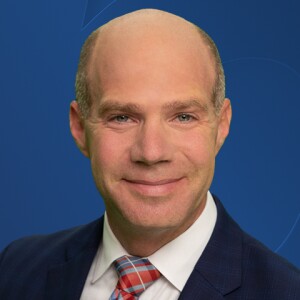SAN DIEGO (KGTV) - School districts across San Diego could begin to build affordable housing for employees and teachers who are struggling to make ends meet.
Under the Teachers Housing Act of 2016, districts are now allowed to build housing on land they own. They can designate the homes specifically for teachers and employees, while still getting tax credits and funding usually only given to affordable housing projects open to the general public.
"The people working at schools need to live in the community they're working in," says San Diego County Board of Trustees Vice President Mark Powell. He recently published an article on the website VoiceofSanDiego.com advocating for the idea. He believes it would be a great way to make sure districts can attract and retain teachers who may not be able to afford California's rising housing prices.
"If wages are not high enough for them to afford to work in this area, then they're going to leave," says Powell. "That creates a vacuum, and it creates a shortage of a workforce."
Right now, the average salary of a teacher in San Diego is $61,314.
That's less than half of what you need to make to afford a median-priced home in the area.
Teachers we spoke with say they can't afford to live in the school districts they work for.
"I feel like an outsider," says Olympian High School Music Teacher Jennifer Opdahl. She drives about a half-hour to and from work every day. Opdahl says she has problems connecting with the community when she doesn't live there. She also gets frustrated that she can't vote on issues that affect her district.
"I would be less stressed. I would be less exhausted. I would have better balance," Opdahl says of the benefits of living closer to campus. "All of those things equate to better health and, honestly, a longer career."
San Diego Unified School District officials say the idea of using excess land to build housing is something they're already looking into. Recently, they partnered with Monarch Developments on an apartment complex in Scripps Ranch. The developer is leasing the land from the district and will designate 20% of the apartments in the complex as affordable housing. The district hopes their employees will be able to move into those units.
"We absolutely intend to be a part of the solution," says SDUSD Board Member Richard Barerra.
He says the district is also looking at a handful of sites that they can turn into housing.
Barerra says the district plans to move Central Elementary School in City Heights to a new location on the site of Wilson Middle School. He says the land where Central sits right now could become housing. He also says the district is considering renovating their headquarters on Normal Street to include a teachers' village with housing and open space. The district is also turning their old book depository building on 22nd Street and Commercial into a mixed-use development.
"To deliver quality education, you need quality educators," says Barerra. "So everything we can do to make it possible for great teachers and particularly young teachers to come into our district and teach our kids, it's all part of the investment in education that voters in San Diego have made."
Because the districts already own the land, Powell believes they can bypass a lot of the planning steps that delay construction and add to costs. That would help keep the cost of rent down for teachers when they move it. It could also eventually become a way for districts to add money to their budget.
"You can use bond money, or you can get federal grants or loans from the state to build the units," says Powell. "Eventually, at some point, these lands start to pencil out and are positive cash flow."
Barerra says he thinks SDUSD could have housing completed within 3-5 years.
"I think what we will do is create a sense of what's possible that other districts can look at and this can be really a big part of the solution," he says.





